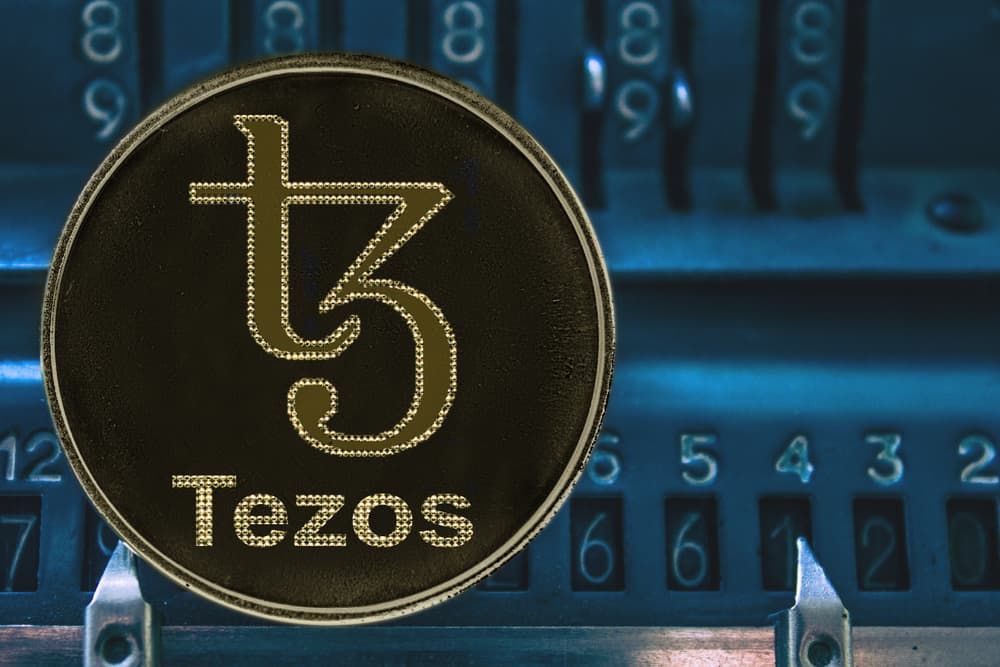“Change is the law of life. And those who look only to the past or present are certain to miss the future.” – John F. Kennedy

When it comes to dAPPs, DeFi and the decentralized internet world as a whole, there are few platforms out there that compare to the diversity, practicality and decentralization that Polkadot (DOT) offers. Their mission is the same as most any blockchain platform out there: A more secure, decentralized and user built and controlled internet for all. This particular platform, however, is unique in its practices and interconnectivity.
Only a few years after founding Parity Technologies, and helping bring the Ethereum Network to life, as well as helping to form a blockchain focused non profit, The Web3 Foundation, Dr. Gavin Wood brought the thought of Polkadot to life in a white paper in 2016. Months later, in 2017, the protocol was introduced. They began with an ICO (initial coin offering) of their native coin DOT, where early investors made a significant profit, up to around 2000% ROI. Today, they continue to press forward in their mission to bring the people control of the internet, control of their individual data and control of their assets. Polkadot has burst forth at the seams in their innovation endeavours, seeking to safely, securely and efficiently interconnect all the bits and pieces of the blockchain universe, old and new and those which are to come.
The technology of Polkadot is one of admirable ambition. Seeking to transfer all data types, and not just coins, Polkadot has created an environment in which true interconnectivity and cross compatibility amongst different block chains can exist. Meaning that one can transfer any sort of data across any blockchain, public or private, permissioned or not.
This interoperability comes from the relay chains of data across different blockchains, threads and bridges. The relay chains are the veins that tie all of these different parties to the Polkadot framework where the data transfers occur. Polkadot continues the process by encouraging it’s users to partake in this Web3 takeover, even offering grants, by giving them tools and resources to create and control their own blockchains. This helps with the scalability,security and different use cases/ needs for the protocol. These side chains that others create are called “parachains” and “parathreads” and should work in full compatibility with the Polkadot Network. These different chains within the platform are then able to connect to outside networks like ETH or BTC through what they call “bridges”.
To improve security and scalability even more, the roles within verification are spread abroad. There are many who nominate validators, many who validate, many who provide proofs for validators and many who oversee the validators and the nodes in the network.
Decentralized in blockchains, transaction validation, as well as staking and even the innovations behind the network, Polkadot (DOT) is most definitely one network to keep an eye on, as they have potential to do what most other blockchains cannot as of yet. It’s exciting to see the desire to bring about freedom and property rights to the world of the web. As a good lot in the crypto sphere would say: the internet is broken and blockchain is here to fix it. Polkadot is doing exactly that: inciting innovation and growth in pursuit of the vision for internet decentralization. This platform has sought to make it easy for the individual to create, build, and connect decentralized apps, services and assets to one another in a secure and efficient manner.
Thanks for the read and please leave us some ideas and feedback!




